What it takes to deliver aid in war-torn Ukraine
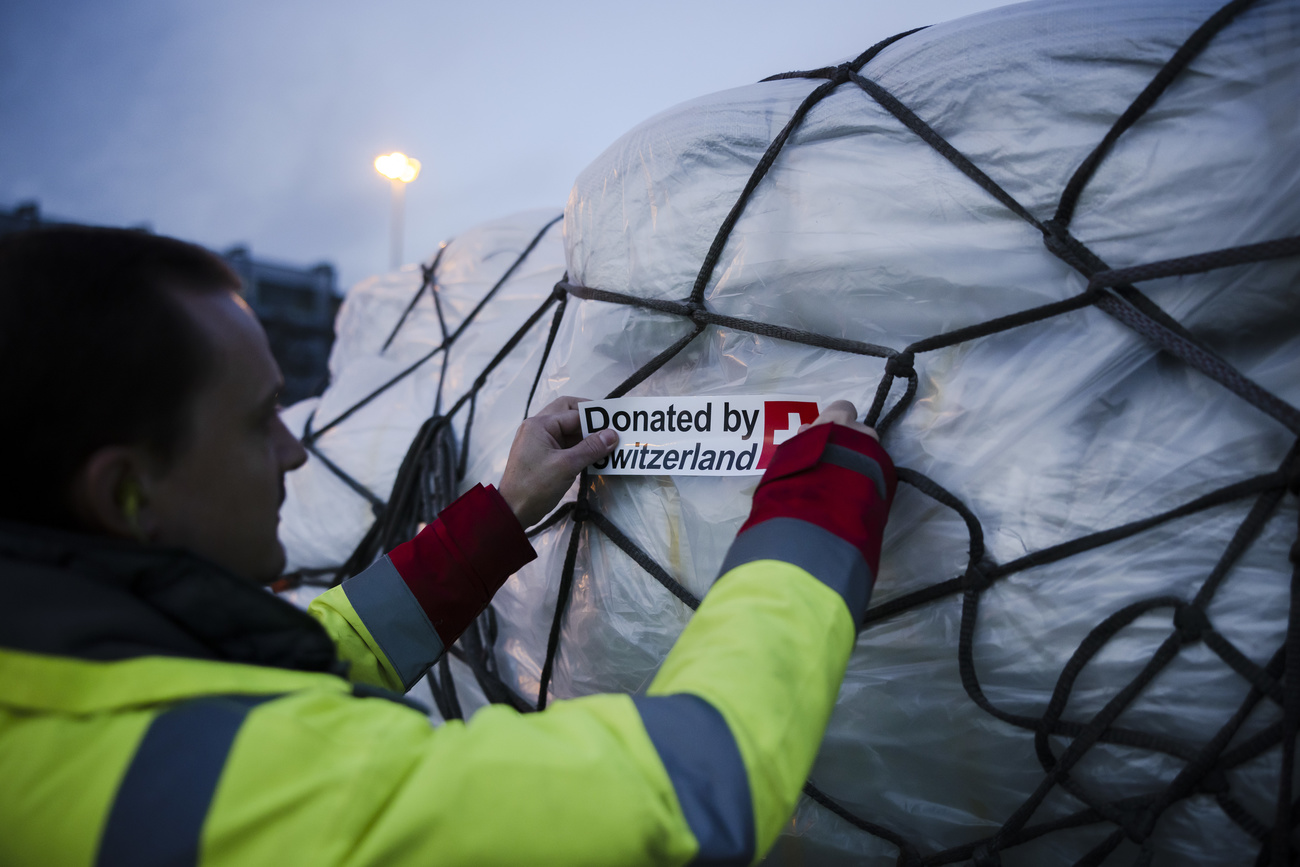
Among the international donors trying to assist civilians caught up in the war in Ukraine, Switzerland managed to roll out aid relatively fast. What does it take to be an effective responder when armed conflict suddenly breaks out?
Not long after Russia’s invasion began, many hospitals and medical centres in Ukraine were running out of essentials such as beds, medicines and disinfectants. The Swiss Army Pharmacy had plenty of these items – more than 100 tonnes, in fact – ready to be delivered. The question was how to distribute them in a country where access was severely limited by fighting and shelling, and by the closure of air space.
With the embassy in Kyiv shuttered, diplomats evacuated and expatriate staff unable to enter the country because of security risks, Switzerland decided to call Caritas in Ukraine, a non-governmental organisation it had worked with in the past. The NGO could provide what the embassy could not – transport and logistics – to get supplies to various oblasts (states) and hospitals.
“The close cooperation with local partners was crucial for us to be able to react quickly and on a needs basis,” says Amanda Ammann, a policy advisor at the Swiss embassy in Kyiv, which re-opened in May. Also on the list of items Switzerland hoped to donate were fully-equipped tents, hygiene products and basic foodstuffs like sugar and flour.
As a donor country, Switzerland contributes to funding for various aid organisations but also implements its own humanitarian programmes. In Ukraine, as many international aid groups struggled to set up or scale up in the first weeks and months of the invasion, the Alpine state managed to provide emergency aid to civilians. Much of it came down to harnessing the advantages of being a decades-long development actor in the country.
The nexus approach
Swiss engagement in Ukraine dates back to the 1990s, after the collapse of the Soviet Union, and intensified after the Maidan Revolution of 2013-2014 that overthrew the country’s pro-Russian leader and ushered in a new era of reforms. Until the war began, Switzerland was overseeing development projects ranging fromExternal link supporting small entreprises in the agricultural sector to promoting sustainable cities.
Instead of casting these to the side, the Swiss decided to base their humanitarian response on their existing development programme as soon as war began.
The Swiss Development and Cooperation Agency (SDC), the development arm of the foreign ministry, began either scaling up or adjusting a handful of projects to cater for war-related needs. At the train station in the western city of Lviv, for example, newly-arrived internally displaced persons (IDPs) can get support around the clock from the same volunteers and psychologists who were implementing a Swiss project initially designed to support reforms in the mental healthcare system.
The foreign ministry is in the process of institutionalising this way of working – called the double-nexus approach. This autumn it plans to merge its humanitarian aid and development arms to improve synergies between staff.
“The reality is that these spheres overlap more and more, especially in volatile situations,” says Fritz Brugger, co-director of the Center for Development and Cooperation (NADEL) at the federal technology institute ETH Zurich. “We do not live in a linear world.”
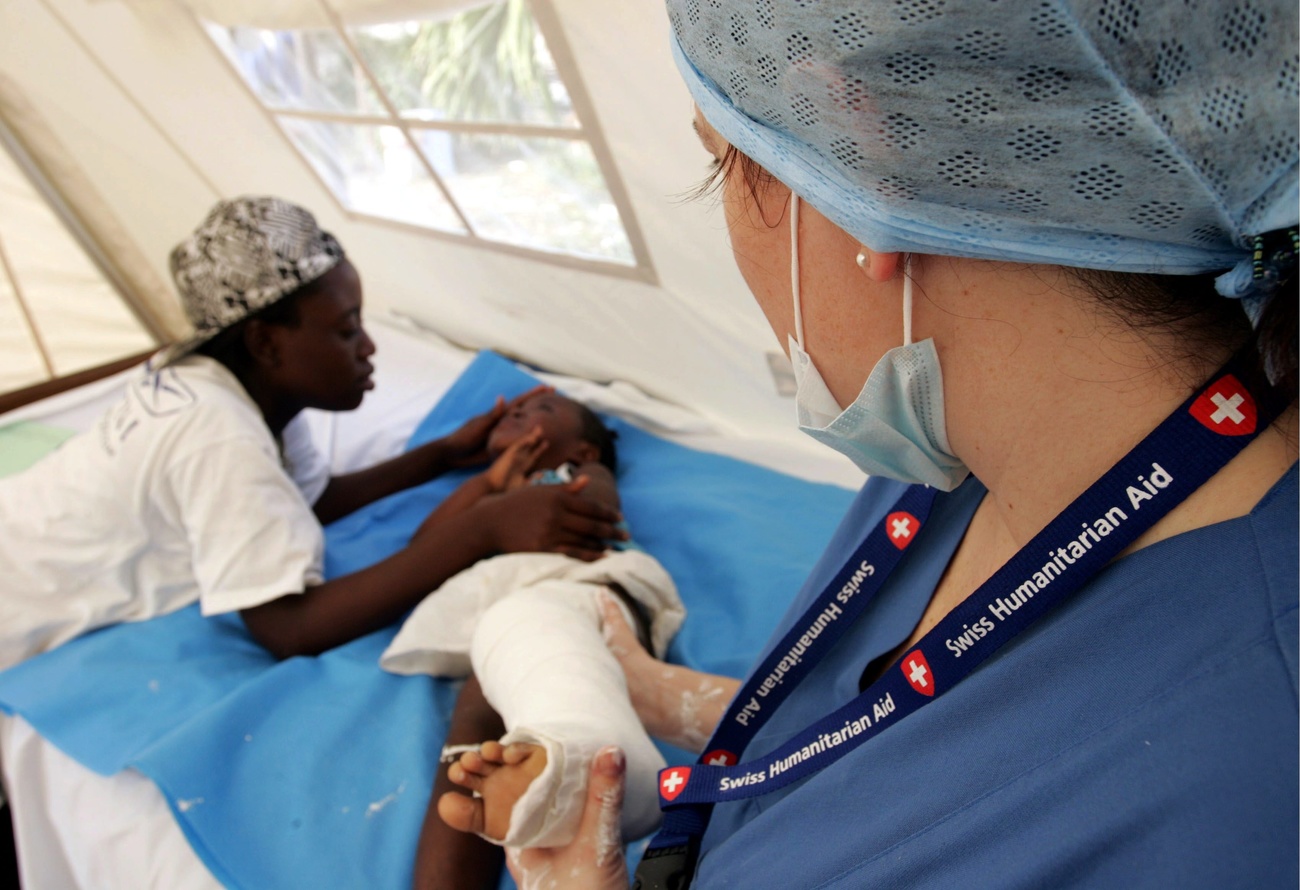
More
The risks of merging foreign aid streams
In recent years, a number of humanitarian actors, including UN agencies, have vowed to implement this concept (sometimes also referred to as a triple-nexus to include peacebuilding) and work in a more integrated manner. But putting it into practice can be difficult, Brugger cautions. Institutional silos can persist despite a reorganisation, including with budgeting (funding for the two branches at the foreign ministry will remain separate even after their fusion) and accountability. There is also a risk that humanitarians could lose their neutrality if they are closely associated with development actors.
But the Swiss believe their work in Ukraine shows it can be done. Integrating the humanitarian team, which is currently based in Lviv, into the development team at the embassy in Kyiv creates greater efficiency and strengthens Switzerland’s overall response to the conflict, Ammann insists.
Harnessing the local network
In fact, she adds, the contacts and relationships nurtured over years of doing development work with local NGOs and civil society, authorities and businesses now form the backbone of the humanitarian response.
Among its earliest interventions when the war began, the embassy relied on a large Ukrainian agri-industrial company, Astarta, to procure essential foodstuffs inside the country for delivery to cities affected by the fighting. In addition to Caritas, the Swiss called on other local partners for transporting relief supplies, including the state-owned Ukrainian Railways for larger shipments.
To date Switzerland has released CHF34.9 million ($36 million) for its humanitarian aid package for Ukraine. The nearly 5,000 tonnes of foodstuffs it procured in Ukraine were delivered to several areas, including Odesa, Mykolaiv, Kharkiv and Dnipro. The 140 tonnes of medical supplies were delivered among other places to Ternopil, Lutsk, Rivne, Kyiv, Kivertsy, and Torchyn. The Alpine country has also given funds to neighbouring countries to support Ukrainian refugees.
The SDC has deployed over 70 humanitarian aid experts to Poland, Moldova and Ukraine, plus a handful of experts to the United Nations humanitarian coordination office (OCHA), other UN agencies and to Caritas.
The choice of partners is no accident. Caritas in Ukraine, part of the international charitable group Caritas, has some 64 offices and 1,000 staff spread across the country. Other national chapters of Caritas and donors like Switzerland were able to rely on this infrastructure to provide emergency assistance.
“We began collaborating [with Caritas in Ukraine] right after war broke out,” says Lukas Voborsky, Ukraine crisis response director for Caritas Switzerland. “We had access to offices, accommodation and warehouses.”
Before the call about delivering medical supplies came, Caritas had already coordinated with the SHA to get other types of relief items from the Alpine country, such as winter-proof family tents, into Ukraine. This was in the early days of the war, Voborsky recalls. The first task was to get the supplies to border crossings in Poland. Then they had to pinpoint where in Ukraine these should be delivered, so Caritas got in touch with local authorities to assess needs.
A matter of preparedness
By contrast, many humanitarian groups that have re-entered the country or started from scratch since the Russian invasion began have faced a steep “set-up curve”, as Voborsky calls it. With so many people on the move, recruitment on the ground has been difficult and caused delays in aid operations, the consulting firm Humanitarian Outcomes reportsExternal link. By mid-May, only around 20 international NGOs had aid programmes running in Ukraine, compared to hundreds that had set up shop in neighbouring countries to help with the influx of refugees.
As many international aid agencies faced delays setting up or scaling up in the first weeks of the war, nearly all humanitarian aid in Ukraine was organised by local responders, including volunteers, according to the consulting firm Humanitarian Outcomes. These local groups continue to deliver the majority of aid in the country.
“People are dropping everything they are doing to respond to this crisis,” says Kristina Preiksaityte, an international programme officer with the Geneva-based NGO Nonviolent Peaceforce (NP) who is investigating civilian protection needs in Ukraine.
International donors have been criticised for being concentrated in the west, while other parts of the country where fighting is heaviest remain underserved. Preiksaityte notes volunteers are the ones taking enormous risks to reach isolated or vulnerable groups in hard-to-reach areas around Kharkiv, the country’s second-largest city that has experienced intense bombardment. These volunteer collectives are running out of money and energy.
NP has discussed with the Swiss Development and Cooperation Agency (SDC) ways they could work together to strengthen these volunteer networks.
“There’s a lot of [donor] money and that influences the response itself,” says Preiksaityte. “We want to make sure it trickles down to the local responders.”
Lack of preparedness and contingency planning, which involves thinking about various possible eventualities and preparing for them, are also to blame, according to Humanitarian Outcomes.
“Being agile is only possible when you have an idea of what to do in different scenarios,” says Brugger of NADEL.
Caritas itself was ready to help the Swiss in part because it began preparing for a major escalation as the Russian military build-up gained steam in December 2021.
“That’s one of the reasons we have been effective from the beginning [of the invasion],” says Voborsky, speaking from Warsaw.
The Swiss too did internal planning, developing scenarios and evaluating their potential impact, according to Ammann. Once war broke out, the SHA deployed its experts to Poland, Moldova and Ukraine.
With the help of local partners, in the end Switzerland was able to deliver 140 tonnes of medical supplies, 22 tonnes of family tents and close to 5,000 tonnes of foodstuffs in Ukraine.
For all these early interventions, however, there is one part of the country that remains difficult for most donors to reach. According to the foreign ministry, before the war began, Switzerland was the only country that was providing humanitarian aid on both sides of the contact line in the east that separates Ukrainian government territory from areas controlled by Russian-backed separatists.
Switzerland has suspended aid delivery to these non-government-controlled areas, says Ammann. Instead, it’s advocating for better access to civilians and supporting organisations like the International Committee of the Red Cross that are actively trying to provide aid in this region.
As the war progresses, priorities are also shifting. Protecting civilians from rights violations, such as sexual and gender-based violence or human trafficking, and repairing damaged infrastructure are among the major mid-term challenges now facing responders.
“Humanitarian needs are everywhere in the country,” says Ammann. “We try not to lose sight of that.”

In compliance with the JTI standards
More: SWI swissinfo.ch certified by the Journalism Trust Initiative










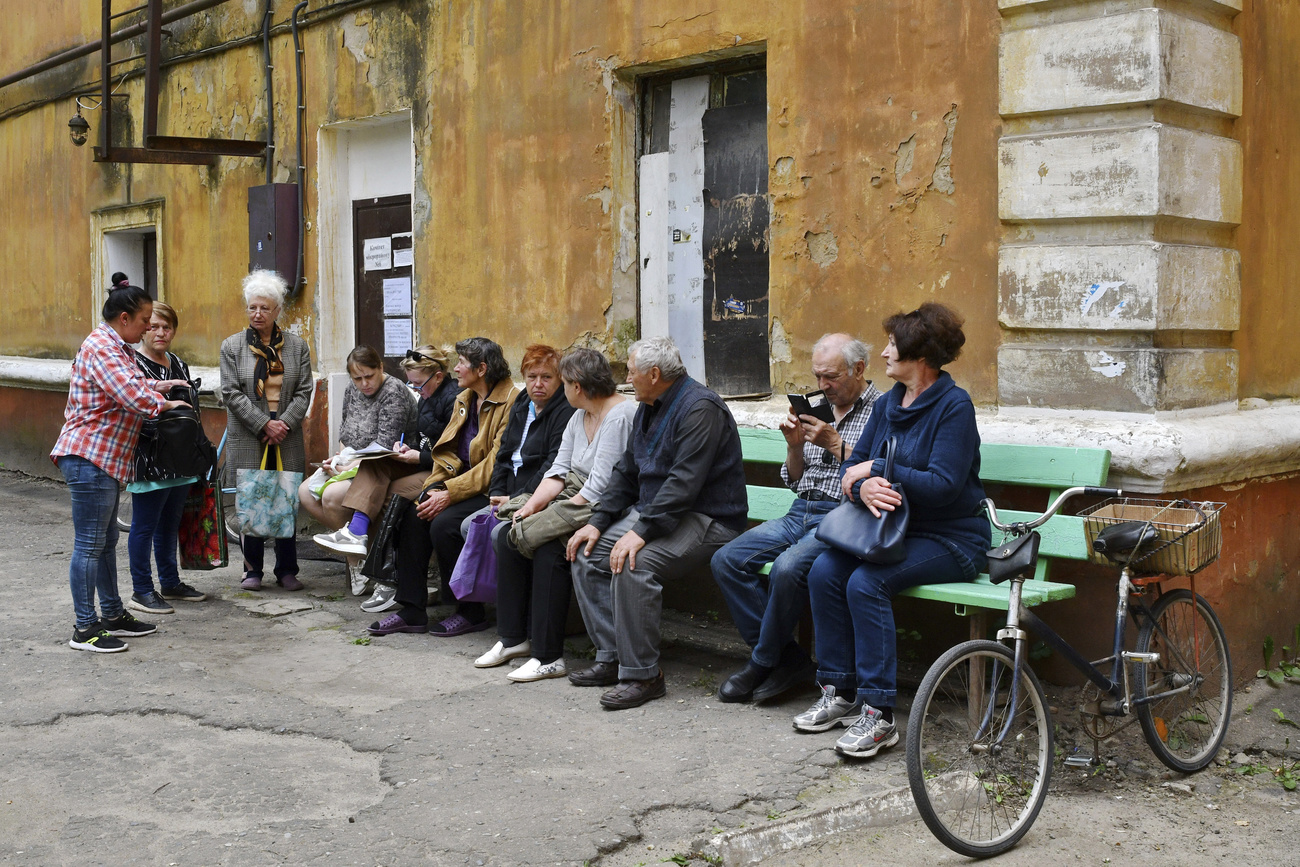

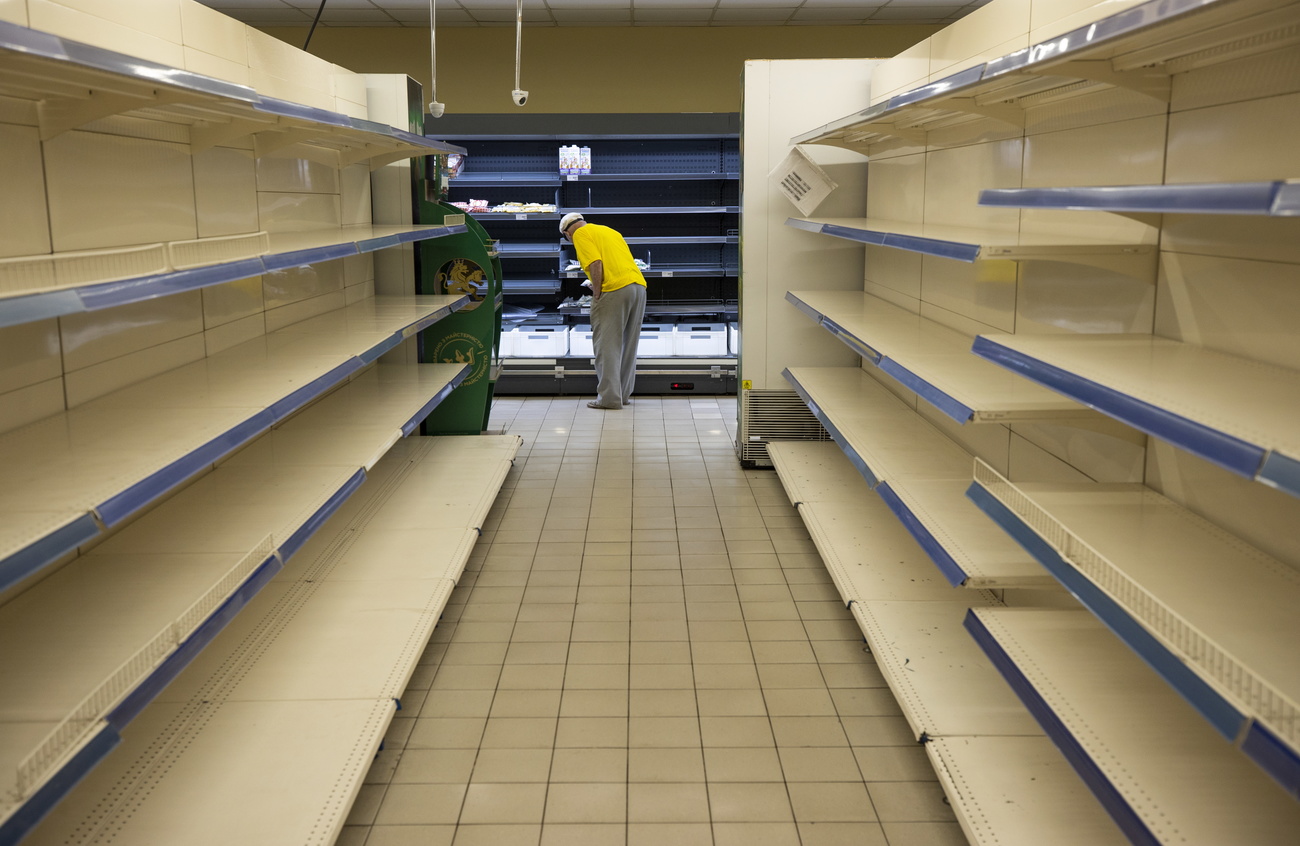
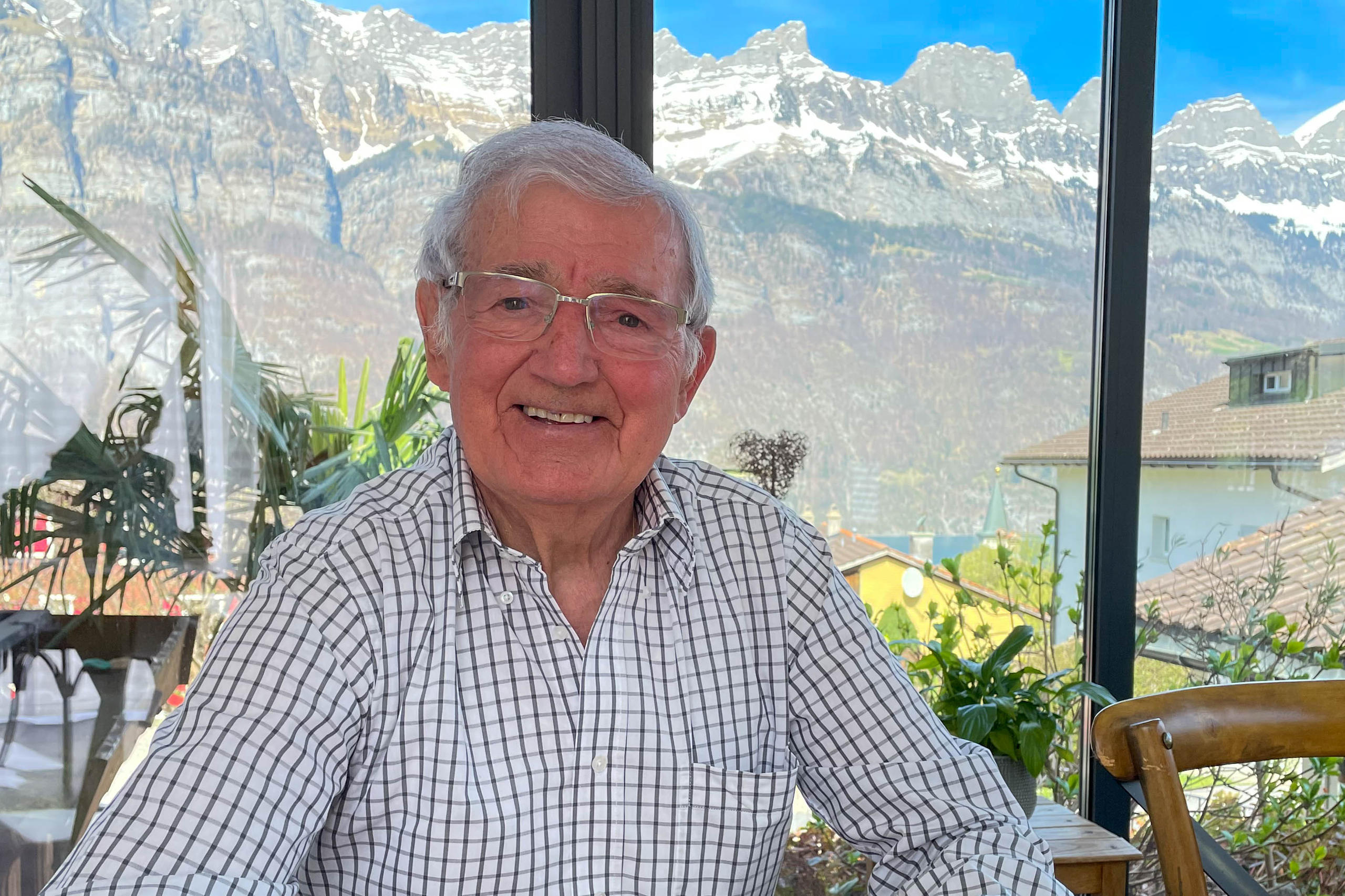
You can find an overview of ongoing debates with our journalists here . Please join us!
If you want to start a conversation about a topic raised in this article or want to report factual errors, email us at english@swissinfo.ch.